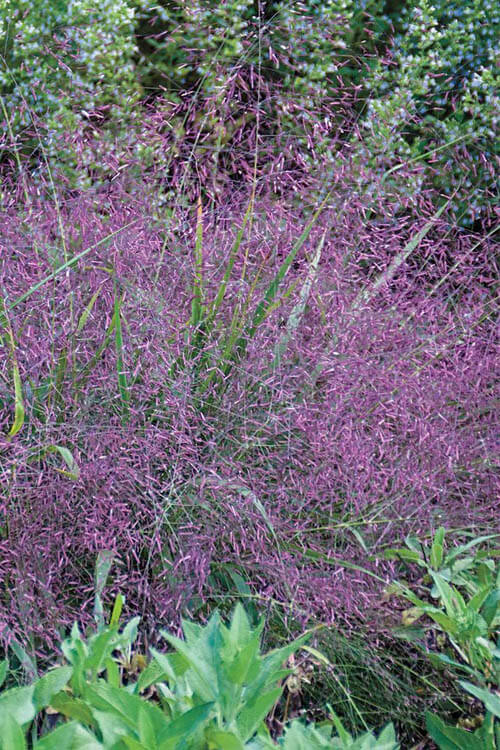Remarkable Attributes
Jewelweed, scientifically known as Impatiens capensis and Impatiens pallida, is a remarkable plant that thrives in moist, semi-shady environments. Beyond its charming appearance and bright orange or yellow flowers, jewelweed's unique characteristics have earned it a special place in the natural world. This plant is self-seeding and is crucial in preventing the dreaded rash caused by poison ivy. This article will delve into the exciting world of jewelweed, exploring its growth habits, seed dispersal mechanism, and its role as a natural remedy for poison ivy.
Growth Habits of Jewelweed
Jewelweed is primarily found in North America, particularly in regions with damp soil and semi-shady conditions. Its preferred habitat includes the banks of streams, the edges of forests, and moist meadows. These environments provide the ideal setting for jewelweed to thrive due to its affinity for moisture and limited exposure to direct sunlight. One of the most intriguing aspects of jewelweed is its self-seeding nature. This characteristic allows it to perpetuate and spread without external intervention. Understanding how jewelweed achieves this is key to appreciating its role in the ecosystem.
Self-Seeding Mechanism
Jewelweed's self-seeding mechanism is a marvel of nature. The plant produces seed capsules that are unique in their design and functionality. These capsules resemble small, translucent, green, or yellow lanterns, and when they mature, they become slightly inflated, giving them the appearance of miniature water balloons. When the seed capsules reach maturity, they are in a state of tension, waiting to disperse their seeds. The slightest touch or pressure can cause them to explode, ejecting their seeds with impressive force. This action is known as "explosive dehiscence." The seeds are propelled away from the parent plant at a remarkable speed, typically reaching distances of 4 to 6 feet. This explosive seed dispersal mechanism ensures that jewelweed seeds are distributed over a wide area, increasing the plant's chances of finding suitable growing conditions. This fascinating adaptation showcases nature's ingenuity in ensuring the survival of species.
Preference for Moist, Semi-Shady Areas
Jewelweed's preference for moist, semi-shady areas is not coincidental. This plant has evolved to thrive in such environments for several reasons. First, the damp soil provides a constant source of moisture, which is essential for its growth and development. In these conditions, jewelweed can access the water it needs without excessive competition from other plants. Secondly, semi-shady areas offer protection from the harsh sun. Jewelweed's leaves are delicate and susceptible to wilting and sunburn when exposed to direct sunlight for extended periods. Semi-shady conditions allow the plant to photosynthesize and grow without the risk of drying out or overheating. Lastly, jewelweed's semi-shady, moist habitats are often found near water sources like streams or rivers. This proximity to water is advantageous not only for the plant's hydration but also because it provides a means of seed dispersal. The flowing water can carry jewelweed seeds downstream, contributing to widespread distribution.
Natural Remedy for Poison Ivy
Beyond its ecological significance, jewelweed has a practical application that has garnered attention and admiration. For generations, indigenous peoples and herbalists have recognized its value as a natural remedy for poison ivy, oak, and other skin irritations. The effectiveness of jewelweed in treating poison ivy rashes is attributed to its chemical composition. The plant contains compounds that counteract the irritants found in poison ivy sap, primarily urushiol. Urushiol is responsible for causing the itchy, blistering rash associated with poison ivy exposure. When someone has contact with poison ivy, the rash can be prevented or alleviated by promptly applying crushed jewelweed leaves or stem juice to the affected area. The natural compounds in jewelweed act as a counterirritant, soothing the skin and neutralizing the effects of urushiol. This natural remedy can be a welcome relief for those unfortunate enough to brush against poison ivy during outdoor activities. Jewelweed grows near poison ivy in many areas, making it readily available as a remedy. Its presence near poison ivy is a testament to various plant species' intricate balance and coexistence within ecosystems.
Jewelweed is a fascinating and versatile plant that captivates botanists and nature enthusiasts. Its ability to thrive in moist, semi-shady environments and its remarkable self-seeding mechanism showcase the adaptability and resilience of this species. Furthermore, its role as a natural remedy for poison ivy rashes underscores the interconnectedness of the natural world, where one plant's attributes can solve human health challenges. As we continue to explore and appreciate the wonders of nature, jewelweed serves as a reminder that even the most unassuming plants can possess extraordinary qualities that contribute to the intricate web of life on our planet. Whether you encounter jewelweed in the wild or cultivate it in your garden, please take a moment to admire its beauty and acknowledge its role in keeping the delicate balance of our ecosystems.


















































